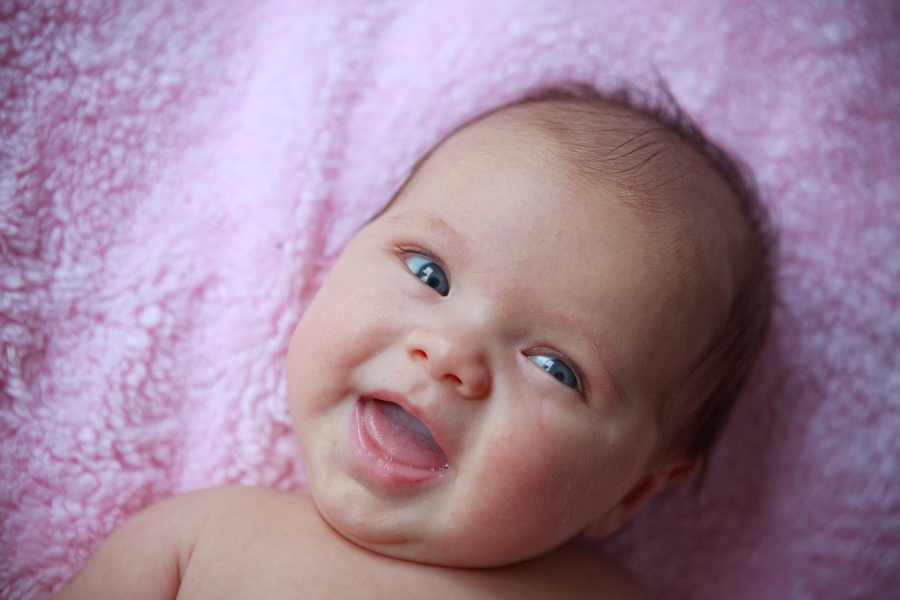
Teething Chart In Children: Know Which Pearly White Will Erupt When
21 Feb 2018 | 3 min Read
Babychakra
Author | 1369 Articles
Your little one crawling around drooling, nibbling everything that crosses its path, is often the first sign of teething.
The first sets of teeth which erupt in children are called Baby teeth, Primary teeth, Deciduous teeth, or Milk teeth. The typical teething age in babies is six months and the first complete set of twenty shiny pearly whites is out by three years of age. Parents do not normally visualize their newborns with teeth. However, newborns have fully formed teeth under their gums just waiting to come out!
When do babies start teething?
All babies grow at their own unique pace and start teething at different ages. Some babies may begin teething by 6 months whereas others may begin as early as 4 months of age. There have also been cases where the baby is born with the lower two central incisors already out.
Signs your baby is teething
Drooling is the first sign of teething in babies. When babies start putting their fingers in their mouths and start drooling, know that your toddler is teething. Most times, this is just another milestone and drooling is the result of putting the fingers in the mouth. Drooling accompanied by swelling of gums is the first sign of teething. In addition to this, your toddler may rub his or her gums, rub ears, show general irritability, lose appetite for solid foods, bite objects and wake up at night.
Most of these teething symptoms occur and last for three to four days before and after a tooth erupts. Teething and its effects are not going to last forever, as tired parents tend to believe. Many experts believe that teething does not cause any problems and is only made the scapegoat for many health issues, especially those that crop up between six months to twenty-four months of age.
Teething Fever: Fact or fiction
Though fever and diarrhea are generally seen along with teething, recent studies have shown that no such association exists between teething and fever. A low-grade rise in body temperature may occur during teething and is often misinterpreted as fever. If your child has a high temperature or has diarrhea, then this calls for an examination by a pediatrician and should be taken seriously. Do not assume that the high temperature accompanied by teething, is a result of the teething process. It is generally an indicator of some other disease or infection and should be looked at by a medical practitioner.
Baby Teething Schedule
Though baby teething schedule differs widely from child to child, it still follows a general pattern.
The lower two central incisors erupt first between six and ten months of age. The upper two incisors follow them between 8 to 12 months of age. The upper two lateral incisors pop out between 9 to 13 months of age. The lower laterals follow them between 10 to 16 months of age. The canines that are placed besides the incisors follow later on, after the molars.
The upper molars erupt first between 13 to 19 months and wait for the bottom molars to show up. The upper canines then follow between 16 to 22 months of age and then the lower canines reveal themselves. Then the last four molars erupt, first the top ones followed by the last two on the lower jaw.
Disclaimer: The information in the article is not intended or implied to be a substitute for professional medical advice, diagnosis or treatment. Always seek the advice of your doctor.
Also read: Teething 101: What to expect when your baby sprouts those pearly whites
A


Related Topics for you
Suggestions offered by doctors on BabyChakra are of advisory nature i.e., for educational and informational purposes only. Content posted on, created for, or compiled by BabyChakra is not intended or designed to replace your doctor's independent judgment about any symptom, condition, or the appropriateness or risks of a procedure or treatment for a given person.
